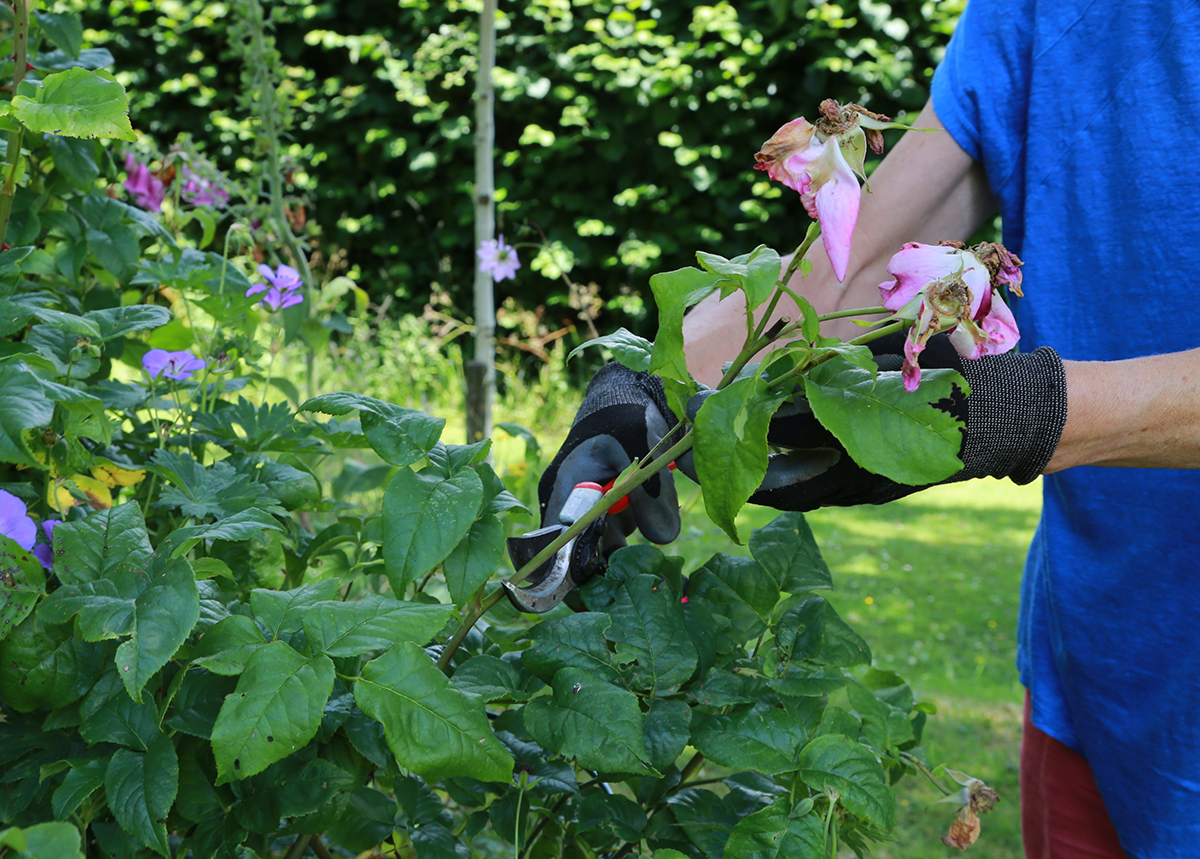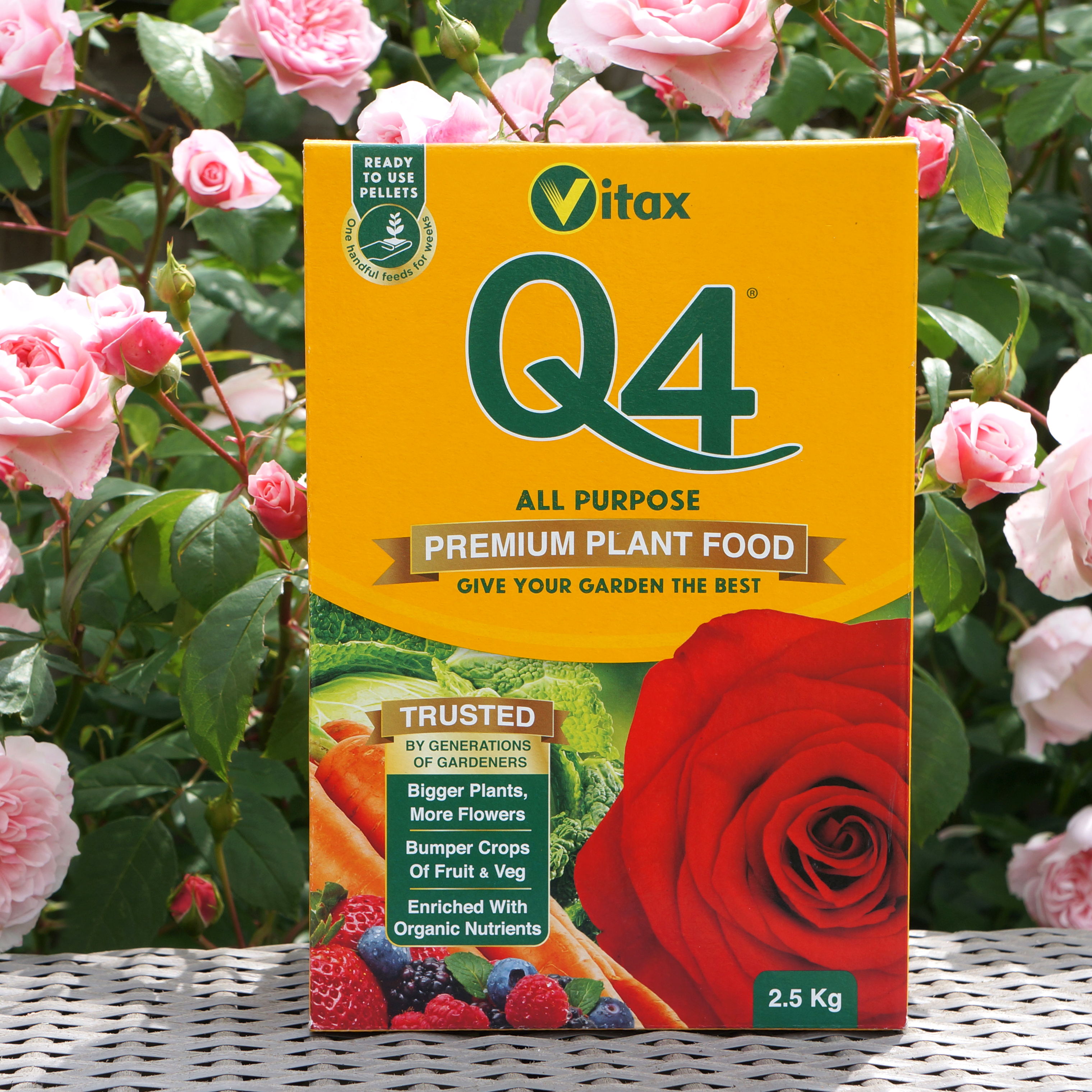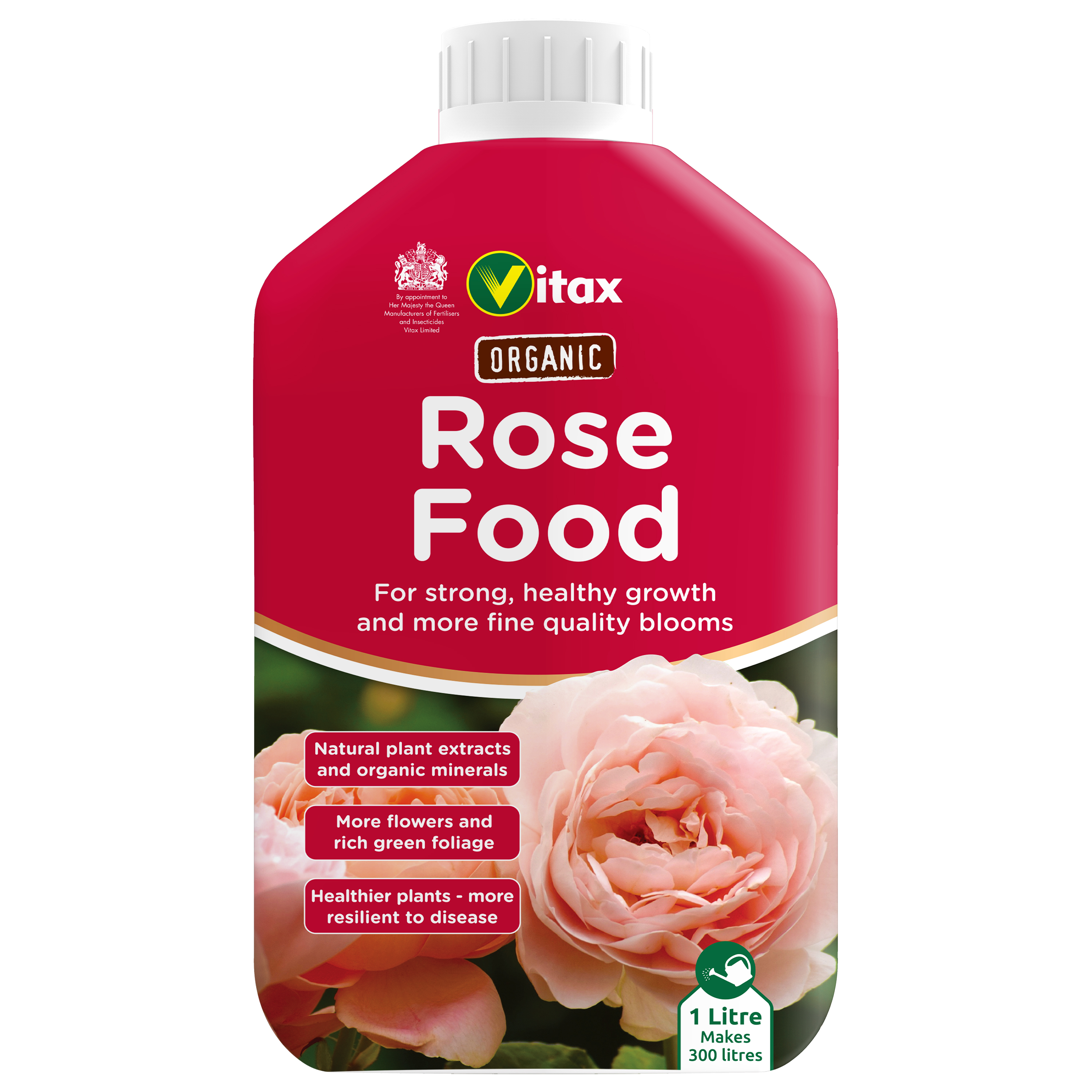Getting the best from roses
Roses can be so rewarding, or so disappointing. That first flush of blooms in summer is soon over: then what? Are there more flowers to follow, or do your plants go into decline? Does disease move in, disfiguring the foliage and slowing growth? It’s true that some varieties are better than others when it comes to staying healthy and producing an encore. However, the care you give them makes all the difference. Healthy roses are more likely to resist disease and re-bloom, right through into autumn. Here is how you can help.
 Dead-heading or summer pruning
Dead-heading or summer pruning
First of all it is important to remove faded flowers, especially if seed heads or “hips” as they are known are developing. Today we refer to this as summer pruning to encourage you to take it seriously. Do not just snip off the dead flowers. Cut back to just above a bud, one, two or three leaves behind the faded blooms. This encourages new growth to develop which will carry the next crop of flowers. If the seed-heads are left on the plants, not only do they look unsightly, but they inhibit the production of further flowers.
Clean up
Now remove any dead or diseased foliage, or damaged shoots, and clean up any fallen leaf litter from beneath the plants. This helps to prevent the spread of disease. Badly diseased roses, where mildew or blackspot has taken hold, are best cut right back at this stage and all foliage removed. That may sound drastic, but healthy growth will follow and you may be surprised how quickly they can recover. This is far more effective than battling with pesticides.
Feed
Your roses are greedy feeders and they will have put a lot of energy into those first flowers. They now need plenty of nitrogen for growth and potash for flower production. They also need trace elements and nutrients such as magnesium and iron for healthy growth. These can be in short supply and it is up to you to replenish. Lightly fork over the surface of the ground around each rose and sprinkle on a generous handful of Vitax Q4; it contains everything a plant needs. Now gently work it into the soil surface. It will release its nutrients slowly over the next few weeks. This second application of rose food is every bit as important as the one you applied in spring.
those first flowers. They now need plenty of nitrogen for growth and potash for flower production. They also need trace elements and nutrients such as magnesium and iron for healthy growth. These can be in short supply and it is up to you to replenish. Lightly fork over the surface of the ground around each rose and sprinkle on a generous handful of Vitax Q4; it contains everything a plant needs. Now gently work it into the soil surface. It will release its nutrients slowly over the next few weeks. This second application of rose food is every bit as important as the one you applied in spring.
 Water
Water
Now water the ground around your roses thoroughly and repeat over the next few weeks if the weather is dry. There is a misconception that roses like dry conditions. It may be an advantage to have dry weather when the plants are in flower, but they suffer if they are dry at the roots. Growth becomes soft and less disease resistant. Also the plant cannot take up the nutrients without soil moisture. This is where a liquid fertiliser comes in. Even if you have applied Vitax Rose Food it is a good idea to give one or two applications of Vitax Organic Liquid Rose Food. This is diluted in the watering can and watered on to the ground around the plants. It delivers organic nutrients in a form ready to be absorbed and used by the plants. It is especially beneficial to give plants under stress an extra boost.
Do they all re-bloom?
It is important to point out that some roses are referred to as summer flowering. They bloom only once in midsummer and do not repeat. All hybrid tea, floribunda and English roses, along with some modern shrub roses repeat flower. Some produce a main flush in early summer and another in late summer or early autumn, with a few flowers in between. Others bloom almost continuously. Whatever their flowering frequency all need feeding twice a year with Vitax Rose Food and all will benefit from a few applications of Vitax Organic Liquid Rose Food diluted in water during the growing season.
Give them that little extra care to make sure your roses are among the most rewarding plants in the garden.
Andy McIndoe
For Vitax
Your login details have been used by another user or machine. Login details can only be used once at any one time so you have therefore automatically been logged out. Please contact your sites administrator if you believe this other user or machine has unauthorised access.












